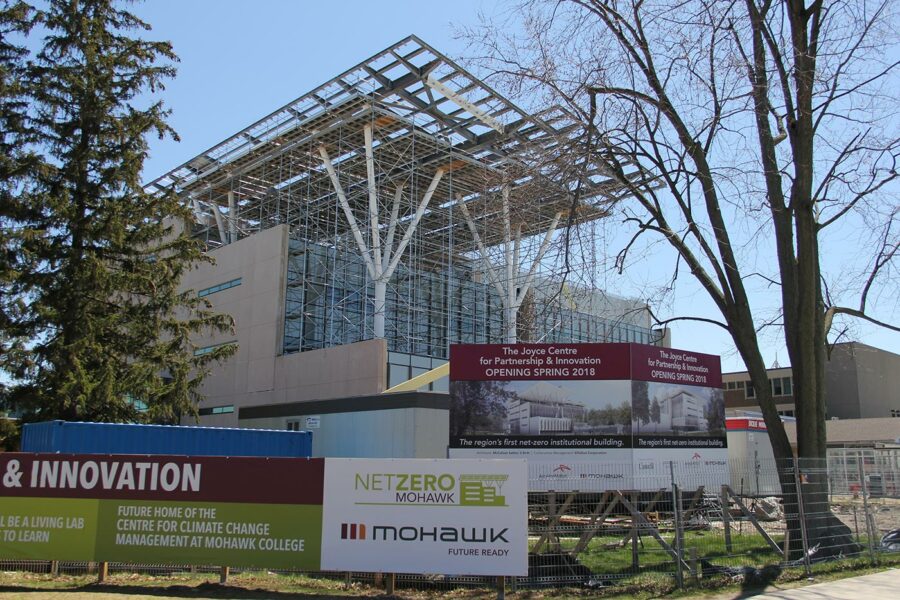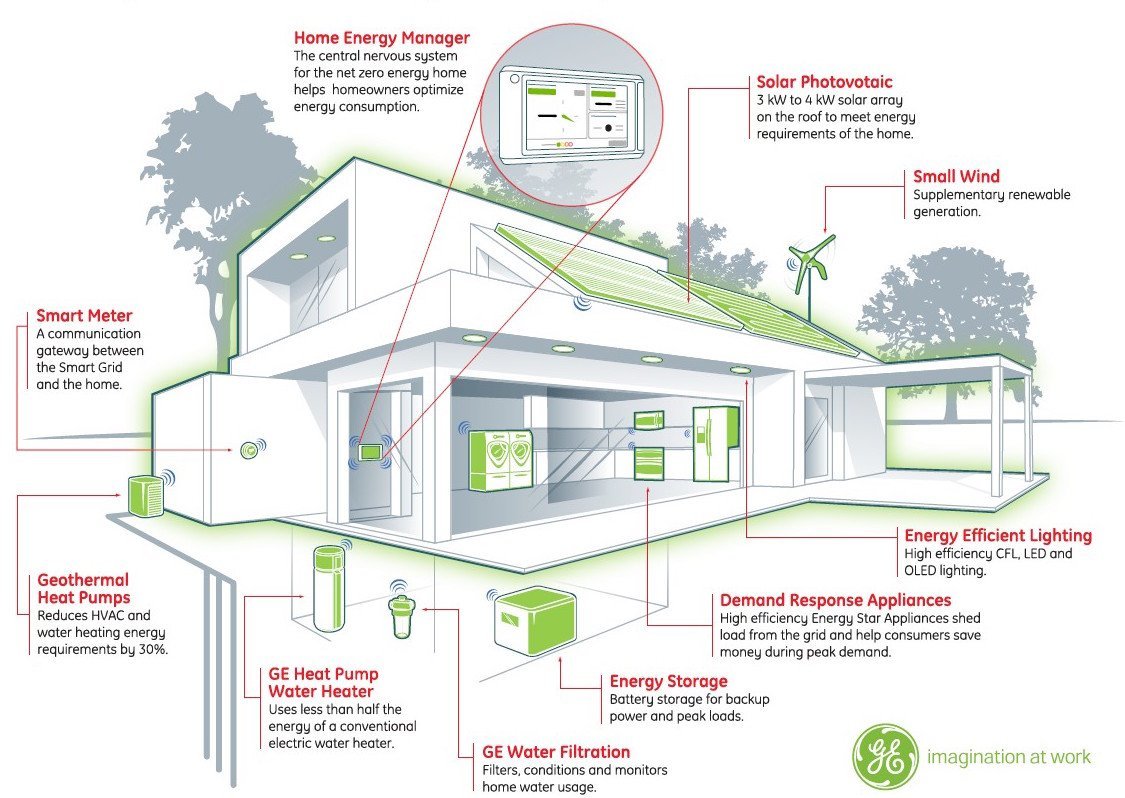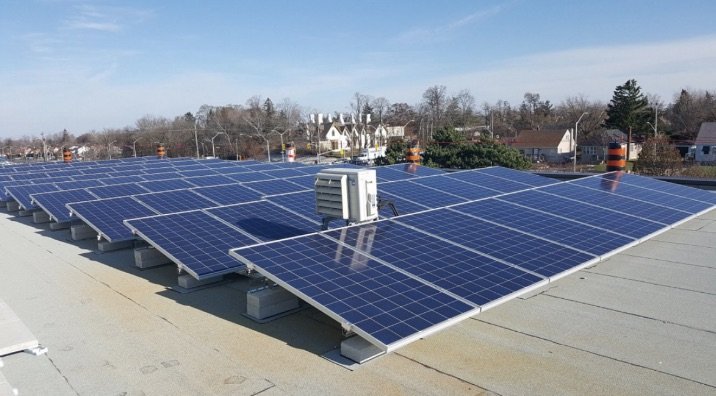
Mohawk home to Canada’s largest “net-zero” energy lab
- Jayson Koblun
- 29 Apr 2018
Canada’s largest and latest net-zero energy use building will call Mohawk College’s Fennell campus home this September.
Net-zero energy use is an increasingly popular goal for green-thinking industries. To achieve Net Zero Energy (NZE) status, a building must be energy efficient and capable of generating enough energy on-site to equal its annual energy needs.
“We want to fight climate change as a college,” Mohawk College President Ron McKerlie told CBC news.

The new building will be called the Joyce Centre for Partnership & Innovation (JCP&I). Over the course of its first year, renewable technology will produce as much or more energy than it consumes from the grid.
There are several different elements designers incorporate into these buildings to create as energy-conscious of a design as possible. For example, in cold climates, south-facing buildings with large expanses of windows on that side can produce more than 50 per cent of their heat through passive solar gain. On the cold north side of the building, smaller windows can angle to wider openings, permitting more light while limiting heat loss.

In warmer seasons, passive ventilation systems can pull cool air up from the lower levels and vent it through the building’s highest point. Rooftop systems can collect rainwater to reduce usage of treated water. Solar panels, heat recovery systems, geothermal heating and wind turbines are among the other technologies used to achieve net-zero status.
https://twitter.com/NetZeroMohawk/status/869179668351660032
Special to the JCP&I is its shape — an L configuration. The shape of the building is designed to harness daylight, which will reduce the use of daytime electricity.
“The building itself is a living lab to students who are going through engineering and clean technology programs,” said McKerlie. “It will give students the chance to understand the equipment and the different parts and elements to the building.”
The building will be run off of reusable energy with no gas lines installed and will have almost 2000 solar panels. The building will be capable of producing 500 kilowatts (kW) of power each day and the entire solar panel system will produce 550,000 kilowatts kW of clean energy per year — enough electricity to power 45 Canadian homes for one year.

You might think that such a green, energy efficient structure would cost at least double the price of a more commonly built structure; however, the cost ended up being around the same as a regular structure.
McKerlie said that the overall costs come just short of $55 million, which includes preparation and construction.
Are you excited to see the City of Hamilton participating in such a green project? Let us know in the comments below.
Comments 0
There are no comments


Add comment